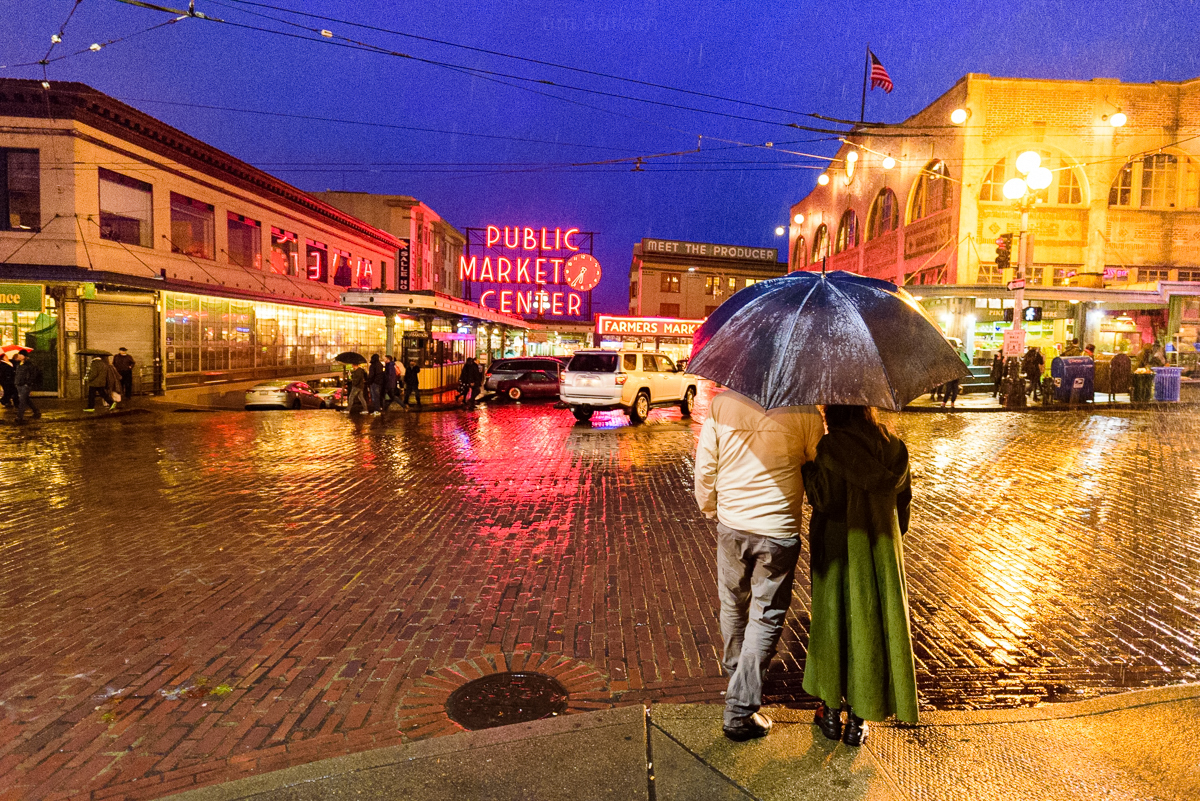

Seattle’s urban forest is a treasure. The trees throughout our city clean the air and water, make our streets pedestrian-friendly, calm traffic in residential areas, lower our stress hormones, shape and shade our neighborhoods, slow stormwater runoff, sequester carbon, cool heat islands, and so much more.
The urban forest is both essential to and created by people. Which is why focusing on the voices of people, especially the voices of communities of color who have historically not been included in urban forestry work, is critical to Seattle’s urban forestry team as they work to write a new plan to manage Seattle’s urban forest.
A Community-Centered Approach to Urban Forest Planning

Seattle Public Utilities’ (SPU) Trees for Seattle team has been leading an interdepartmental effort to engage people who live and work in Seattle in a conversation around how the City of Seattle manages trees now to provide for our future.
The first step of this effort involved working with SPU’s Environmental Justice and Service Equity team on a racial equity toolkit—a resource that guides the development, implementation and evaluation of policies or programs to address impacts on racial equity. The toolkit process led to commitments between multiple City of Seattle departments to:
- Dedicate the majority of resources to engaging historically under-represented communities
- Seek input from the public prior to drafting an urban forestry management plan
- Value feedback equitably
- Provide transparency
Engaging Communities of Color

To make good on these commitments, the team worked with SPU’s Community Connections program to hire Native American, Latinx, African American, Chinese, and East African leaders to engage their communities in conversations about how the City of Seattle should shape Seattle’s urban forest.
While the team undertook efforts to engage the City’s urban forestry partners and the general public, the majority of funding and staff resources were dedicated to the Community Connections work. Findings from this engagement work are available on the Trees for Seattle website.
Next Steps
The urban forestry team is using the feedback gathered through this community engagement to draft the new Urban Forest Management Plan based on community values and needs. Once complete, the team will begin a second phase of engagement, again working with the Community Connections program to communicate to communities how their initial input was incorporated, and to allow them to provide feedback before the plan is finalized. The City’s urban forestry team will ultimately produce a robust plan that will shape how Seattle’s trees support human health and well-being for decades.
This engagement work is just one demonstration of SPU’s commitment to enhancing racial equity in our work and throughout our city. To learn more about our efforts in racial equity and environmental justice, visit our Environmental Justice and Service Equity page.